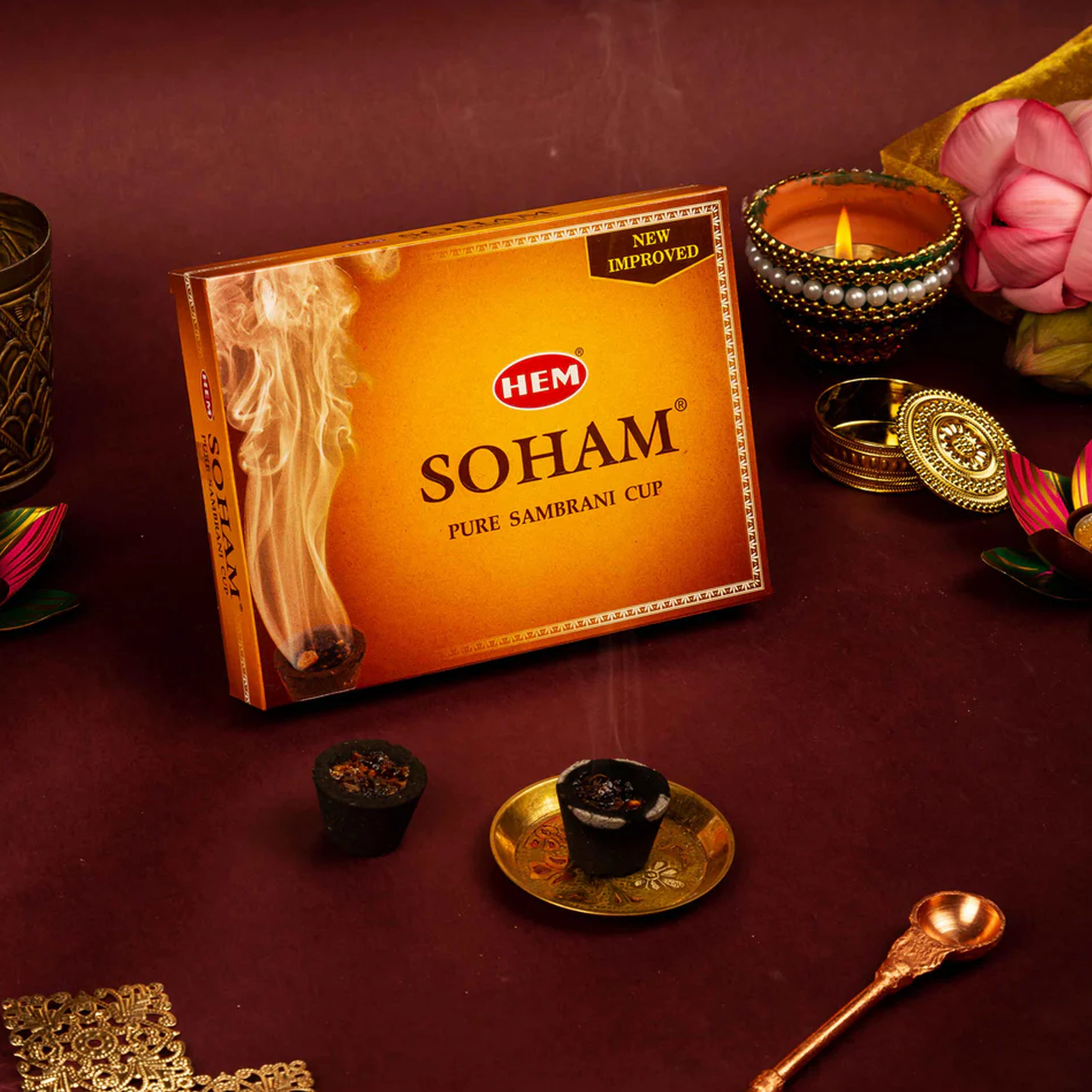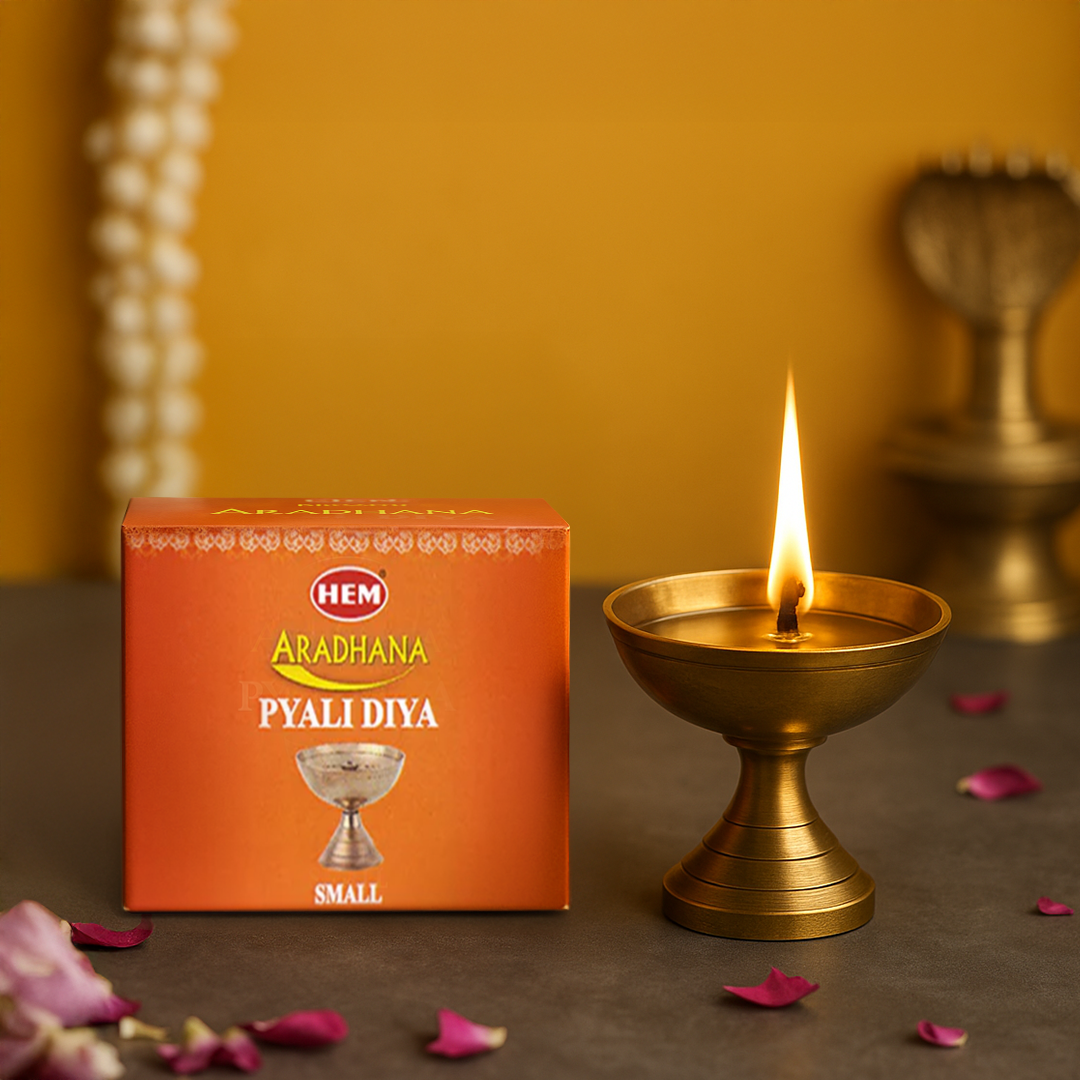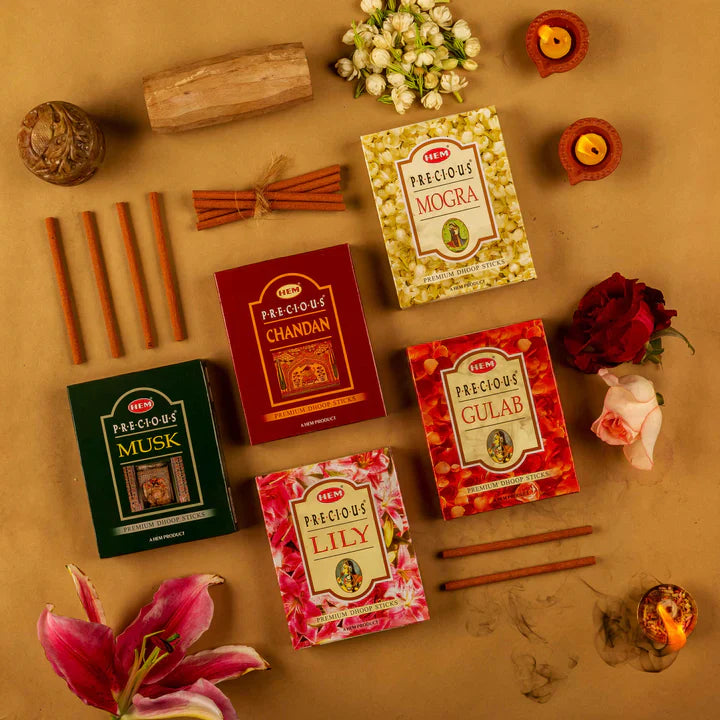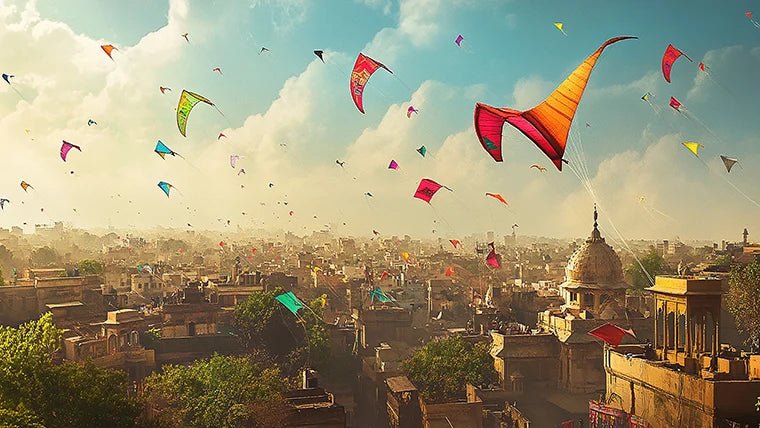In Hindu culture, time is not merely a measurement of days and months; it is often marked by celestial movements and spiritual significance. Among these, the two significant cycles are Uttarayan and Dakshinayan, which denote the sun's northward and southward movements.
These phenomena have deep-rooted implications in Hindu philosophy, influencing rituals, festivals, and even agricultural practices. This blog post explores the concepts of Uttarayan and Dakshinayan, their differences, associated rituals, and the celebrations that mark these transitions.
What is Uttarayan?
Uttarayan refers to the point in the year when the sun begins its northward journey, typically starting around December 22. This period lasts for six months, during which the sun moves through the zodiac signs, increasing daylight. The Uttarayan sun movement is significant, symbolising positivity, good fortune, and auspiciousness.
Many adherents believe that spiritual practices performed during this period yield greater benefits. The arrival of Uttarayan is celebrated with much joy through various rituals and festivities across India.
What is Dakshinayan?
Conversely, Dakshinayan marks the sun's southward course. It commences around June 21/22. Just like Uttarayan, this phase lasts for six months but is characterised by shorter days and longer nights. Dakshinayan has a dual connotation; while it indicates a transition period, it is often seen as less favourable in Hindu belief systems.
This phase is associated with negativity and inauspiciousness. During Dakshinayan, spirituality and charity are emphasised but with a more sombre tone than when the sun is in its northern ascent.
Difference Between Uttarayan and Dakshinayan
To further clarify the distinctions between Uttarayan and Dakshinayan, let’s break down key aspects:
| Aspect | Uttarayan | Dakhinayan |
|---|---|---|
| Popular names | Summer solstice | Winter solstice |
| Period | It starts around December 22. It lasts for 6 months | It begins around June 22. It lasts for 6 months |
| Seasons | Spring, summer, and winter | Winter, autumn, and monsoon |
| Days & Nights | Longer days and shorter nights | Shorter days and longer nights |
| Indication | Auspicious and positive | Misfortune & negative |
| Auspicious activities during this time | Encouraged | Discouraged |
Rituals and Celebrations of Uttarayan
Among the most joyous celebrations in the Uttarayan sun movement is kite flying, which is especially prominent in Gujarat. Here's an in-depth look at some common rituals associated with this festival.
-
Kite Flying
Kite flying is perhaps the most iconic tradition during Uttarayan. People prepare days in advance! The excitement builds up as families purchase or craft their kites. On the day, the skies are filled with vibrant colours as everyone from young children to the elderly can be seen participating in this thrilling activity.
-
Special Foods
No festival in India is complete without a variety of delightful treats. Uttarayan is no exception. Traditional foods include sweet dishes made with sesame seeds, jaggery, and a range of seasonal ingredients. Popular dishes like tilgud (a sweet made from sesame and jaggery) are specially prepared to mark the occasion.
-
Bonfires
In North India, lighting bonfires the night before Uttarayan is a common practice. This ritual signifies the ending of winter and welcomes the upcoming warmth of spring. Families gather around the bonfire to sing and dance, embracing the festive spirit and creating cherished memories.
-
Charity
Uttarayan is also a time for altruism. Many people engage in charitable activities, known as daan. This festival emphasises sharing and caring, reminding us of our duty toward society and to those in need.
-
Dharmic Practices
Spirituality is central to Uttarayan. Many engage in prayers and rituals, seeking blessings for the year ahead. These practices help manifest a collective consciousness toward prosperity and goodwill.
Rituals During Dakshinayan
The transition to Dakshinayan invites many practices, with an emphasis on reflection and spiritual cleansing.
-
Fasting, Yagyas, and Worship
During Dakshinayan, fasting and performing yagyas are believed to alleviate suffering and improve your spiritual state. Adherents dedicate their time to prayer and engage in other religious practices to seek protection and blessings.
-
Shradhs
The rituals known as Shradhs, performed by the eldest family member, take centre stage during Dakshinayan. It is believed these acts can provide peace to ancestors and ensure their serenity in the afterlife.
-
Pitru Tarpan and Pind Daan
On Karka Sankranti Day, families perform essential rituals such as Pitru Tarpan and Pind Daan. These actions are done to honour and appease ancestral spirits.
-
Bathing Before Sunrise
A ritual bath before sunrise on Karka Sankranti is considered highly auspicious. It is an essential part of purification rituals during Dakshinayan, setting a tone for devotion and respect.
Celebrations of Makar Sankranti in Different Indian States
The festival of Makar Sankranti coincides with the transition from Dakshinayan to Uttarayan. Individuals celebrate this day differently across various states in India:
- Gujarat: Home to grand kite-flying festivals, with people gathering on rooftops to showcase their skills.
- Maharashtra: A festive affair involving community feasts with sweet treats made from sesame seeds and jaggery.
- Punjab: Families gather around bonfires, with diyas and incense creating a warm ambience.
- Andhra Pradesh: Celebrations include various local rituals highlighting respect for the sun and agricultural prosperity.
- Bihar and Jharkhand: The festival incorporates traditional games and local delicacies.
- Tamil Nadu: The celebration centres around Pongal, a rice dish offered to the Sun God, marking gratitude and abundance.
- Karnataka: The festivities take on a cultural flavour with folk dances and songs.
- Kerala: Observances often blend local tradition with more significant Hindu principles.
- Bengal: A season for harvesting and celebrating with communal gatherings.
- Kashmir: Festival practices include traditional games and local foods.
- Odisha: Celebrations highlight the significance of the harvest and community togetherness.
To summarise, the cyclical movements of the sun—Uttarayan and Dakshinayan—are not merely astronomical events but spiritual milestones that echo throughout Hindu culture. Dive deeper into spirituality and discover the abundance that knowledge and culture can offer.
The practices associated with these transitions highlight the harmony between nature and spirituality, illustrating the importance of timing in cultural observances. As you navigate your daily lives, remember the lessons embedded in these periods: to celebrate abundance, engage in altruism, and embrace the change that life brings.

If you're looking to deepen your connection to these spiritual practices, consider exploring the Aradhana Pooja Samagri from HEM Fragrances. This comprehensive kit includes everything you need for your daily or special poojas.
Make it easy to immerse yourself in traditions that connect you with ancient practices.







